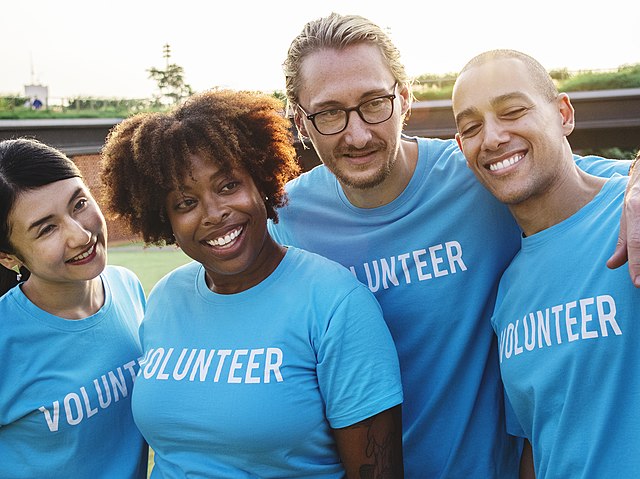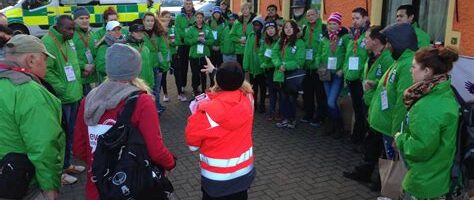
rawpixel.com, CC0, via Wikimedia Commons
A volunteer event is a community event planned to raise awareness for a specific cause or non-profit. Volunteer events unite people together for the same cause and can create a real buzz around even the most hard-hitting issues. An event can be large or small, but will require a lot of help from volunteers. With some effective planning, good leadership, and fantastic communications, you can build a team of volunteers who will help you make your event a success.
How to Organize a Volunteer Event:
- Find a cause or non-profit in your community that you care about. Think about problems in your community or clubs and organizations you’d like support.
- Pick an activity that would help the cause or benefit the non-profit. Some examples include a river clean–up, fundraiser, food drive, or planting a community garden.
- Pick a date, time, and location for the event. Remember to consider the number of people that will be attending, weather conditions that might affect event location, and a date and time allowing for optimal attendance.
- Create a volunteer event leadership team to help you organize event logistics and brainstorm your specific event needs. Think about all the various areas where you’ll need volunteers to help before the event and on the day of the event.
- Decide how many volunteers you’ll need. Identify all the tasks you’ll need volunteers for and how many volunteers you’ll need for each role. Some examples may include handing out flyers prior to the event, assisting at registration tables, ushering people, or providing refreshments at the event.
- Start recruiting volunteers that can do the job well and with enthusiasm. Ask neighbors, friends, and family members if they are interested in volunteering or know someone that might like to volunteer. Contact local schools, post flyers at local businesses, advertise on social media, and local publications. Also ask for volunteers from your local church, clubs, and volunteer agencies.
- Promote your event through mailers or flyers, social media, newspapers, and talking to neighbors and friends in the community.
- Communicate with your volunteers often. You need to be in frequent communication with all of your volunteers, so they’re up-to-date on everything that’s happening with the event which could affect them. Frequent communication also makes them feel more involved. It builds a relationship with them that inevitably reduces no-shows on the day of the event.
- Create an in-person or online orientation program that will inform volunteers about what they should expect on the day of the event day, as well as what will be expected of them. Include details about what to wear, what to bring, where to meet, what time to arrive, and so forth. Also, provide the email address and phone number of a contact person they can reach out to with any questions or concerns.
- On the day of the event, appoint a team member to manage volunteers, answer questions, and assign tasks for each volunteer
- After your event, follow up with volunteers and thank them for their hard work. You can also ask your volunteers for feedback on how to improve your next volunteer event.

